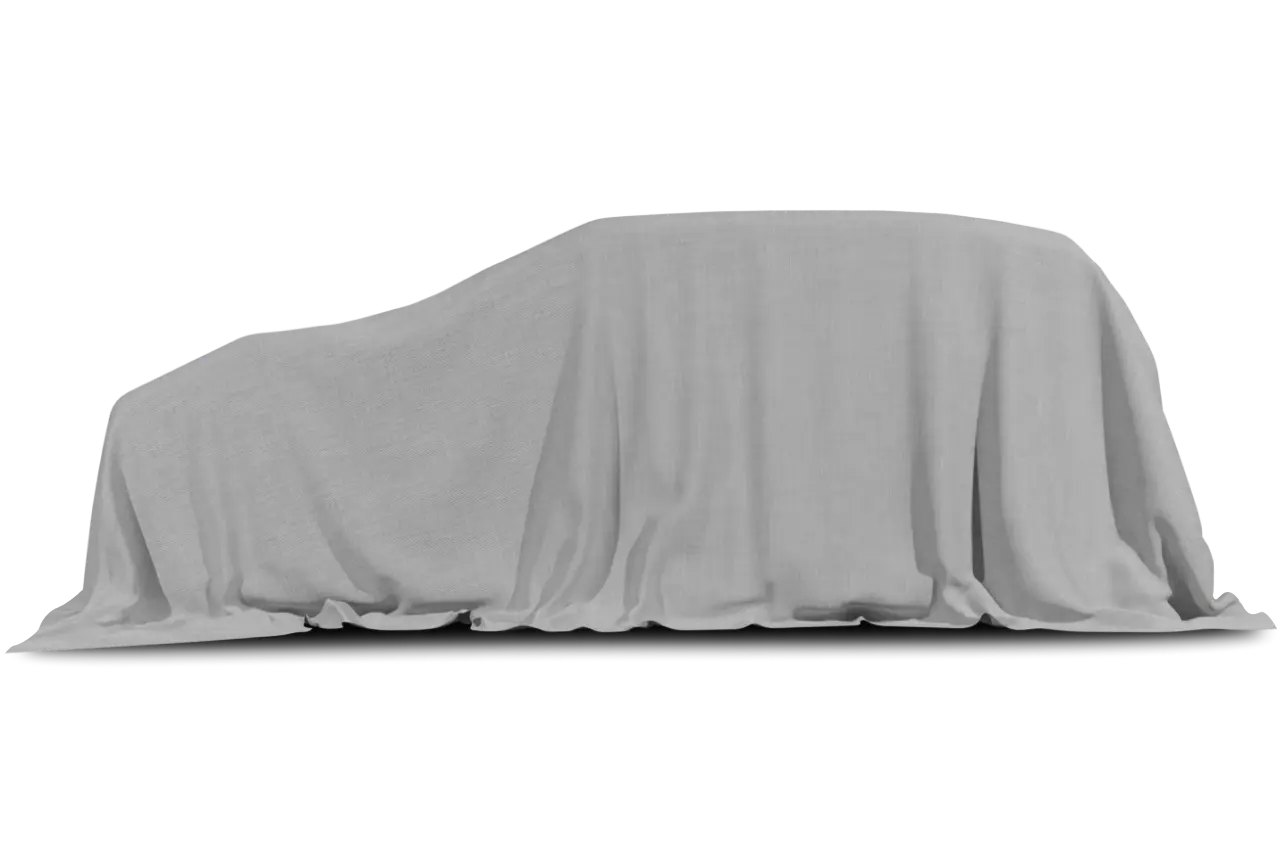
I thought I had a six.
It felt like it, drove like it, made me smile. But when I popped the hood of the 2001 Subaru Forester S AWD, there it was — the workhorse horizontally opposed, 165-horsepower, 2.5-liter four-cylinder engine routinely used in the Subaru Legacy Outback wagon. I’d been primed for a six-cylinder version because of the hype over Subaru’s soon-to-arrive H6-3.0 power plant — a 3-liter engine with horizontally opposed cylinder banks designed to develop 212 horsepower at 6,000 rpm.
Because that engine is scheduled for the 2001 Outback wagon, I thought Subaru might drop it into the Forester, too. After all, the two vehicles are thematically similar. They are station wagons designed to look like sport-utility vehicles. They share many parts and are distinguished primarily by styling cues.
I laughed upon finding that the tested Forester was powered by four cylinders, because it actually felt like a six as long as I thought it was a six, and it felt like a six after I realized it was a four, too.
Many four-cylinder vehicles are anemic. Their engines whine at highway speeds, as if they are being forced to do something they don’t want to do. They move slowly from “stop” and never seem to get up the gumption to “go.” There was none of that in the Forester S, Subaru’s upscale Forester.
The vehicle moved with authority, if not alacrity. It didn’t zoom from stop. At zero to 60 mph in 9.1 seconds, it’s no racer. But it’s not supposed to race, especially in the urban and suburban neighborhoods where it spends most of its time.
Besides, it does everything any reasonable driver could expect it to do on the highway. It runs smoothly at top speeds, maneuvers nicely through traffic and brakes well (60 mph to zero in 134 feet).
There is very little body roll in the Forester. Credit here goes to the Forester S suspension, overall geometry and its grippy, 16-inch, Yokohama Geolander H/T tires.
Though the Forester S has a tall rear, it also has a car-like low center of gravity. Its four-wheel independent suspension system, though cobbled together from Subaru Legacy and Impreza parts, is one of the best in the business. It tracks through curves as nicely as some expensively engineered passenger sedans.
Very little has been done to the styling of the 2001 Forester. People who care to look closely can see slight alterations in the front and rear fascias, changes that, this time, elevate the station-wagon look over that of an SUV wanna-be.
The Forester S’s cloth-bound interior is classic Subaru — Kmart verging on J.C. Penney, which is perfectly fine with me. It’s reliable stuff that looks okay. If you’re into image for the sake of image, buy something else that probably won’t last as long.
I like the Forester S — love it, in fact. It makes sense. Its 165 horses are more than enough to move five adults and their cargo quickly and safely. Construction quality is excellent, comparable to anything from Toyota or Honda. And it comes with one of the best, least-intrusive all-wheel-drive systems in the business.
Heck, all-wheel drive is to Subaru what two-wheel drive is to everyone else. In the Forester S, as in all Subaru models, drive power automatically moves from slipping to gripping wheels so smoothly that neither the driver nor passengers know that it’s happening. All they know is that the vehicle continues moving through snow and rain with no discernible slips or slides.
Which brings me back to this six-cylinder thing: I’m sure that the H6-3.0 engine is a hoot, and I look forward to driving Legacy Outbacks or Foresters so equipped. In the interim, I’ll just enjoy hooting around with four good cylinders, which is about all I really need anyway.
Nuts & Bolts
2001 Subaru Forester S AWD Complaint: Subaru needs to install pneumatic hinges under the Forester’s heavy engine h ood, which cur rently is supported by a single steel rod when opened. Anyone unfortunate enough to dislodge that rod while the hood is up could wind up with a very big headache, a broken arm or worse.
Praise: Excellent overall quality and presentation. It’s the perfect family commuter/hauler. It’ll do well on long trips, too.
Head-turning quotient: Friendly. Makes you think that the person behind its wheel is a nice, decent sort.
Ride, acceleration and handling: Excellent ride and handling. Good acceleration. Solid overall road performance.
Capacities: Carries five passengers with all seats up. It can carry up to 63 cubic feet of cargo with 60/40 split rear seats down. Trailer capacity is 2,000 pounds. The fuel tank holds 15.9 gallons; regular unleaded gasoline is fine.
Mileage: Combined city-highway in the test vehicle was 23 mpg.
Safety: Lower rollover propensity than most SUVs, primarily because it’s not a real SUV, which means you should keep it on road more than off.
Price: Base price on the test car is $22,895. Dealer invoice is $20,776. Price as tested is $25,390, including $2,000 in options and a $495 destination charge. This price is subject to change. It does not include taxes and fees.
Purse-strings note: Control the lust for options. That’ll make this one an excellent value. Compare with Ford Escape/Mazda Tribute, Honda CR-V, Toyota Rav4, Kia Sportage, Hyundai Santa Fe, Nissan Xterra.









